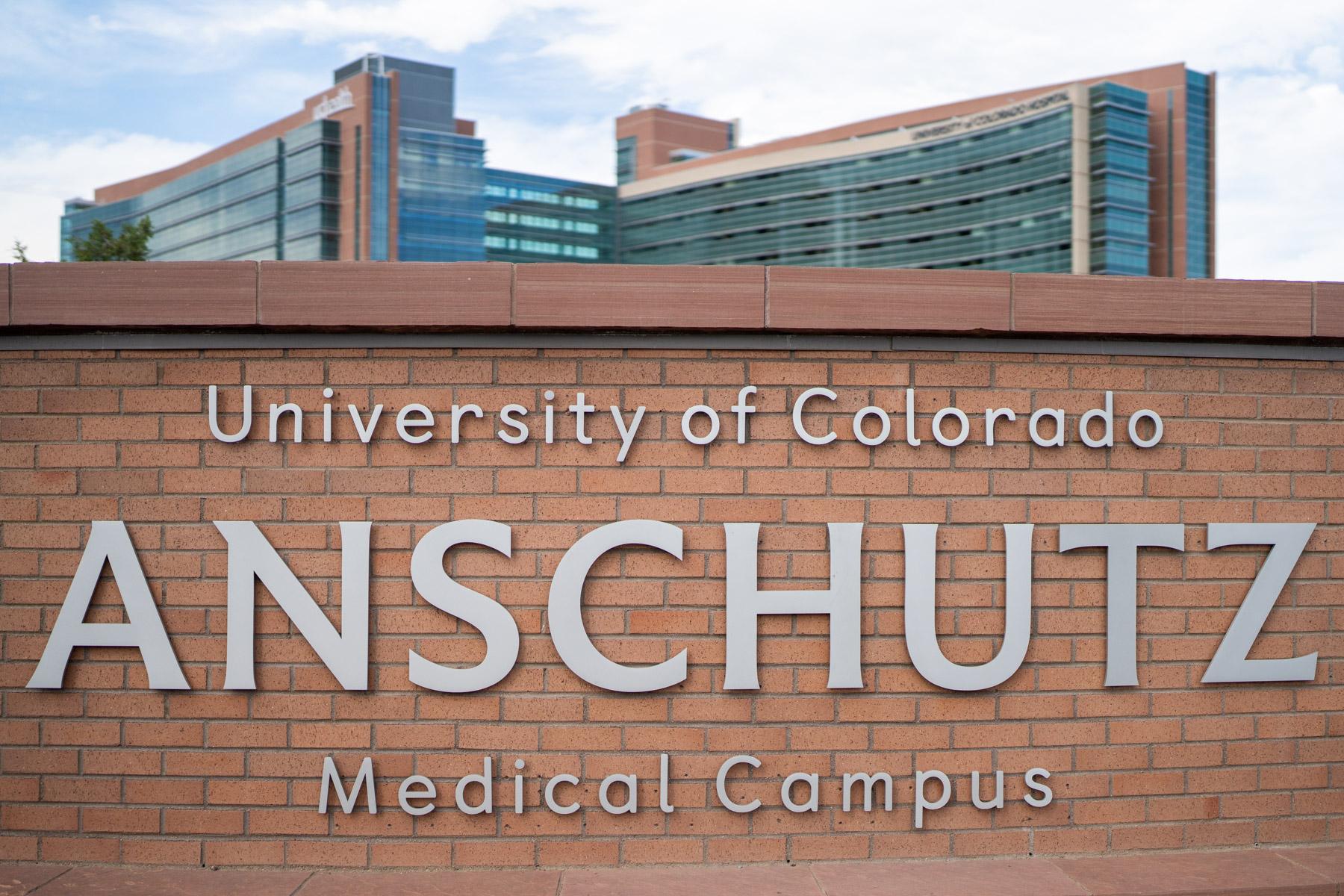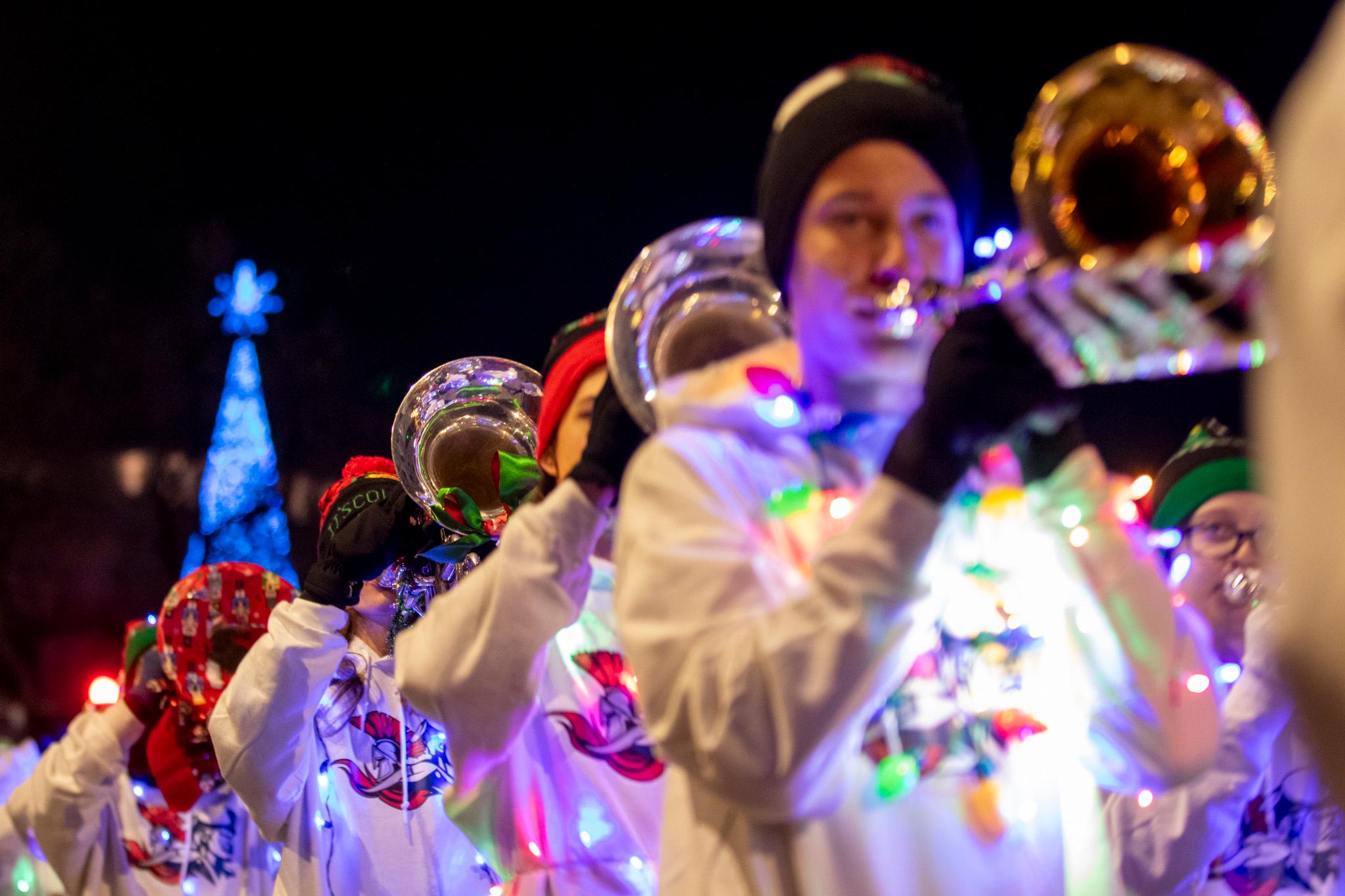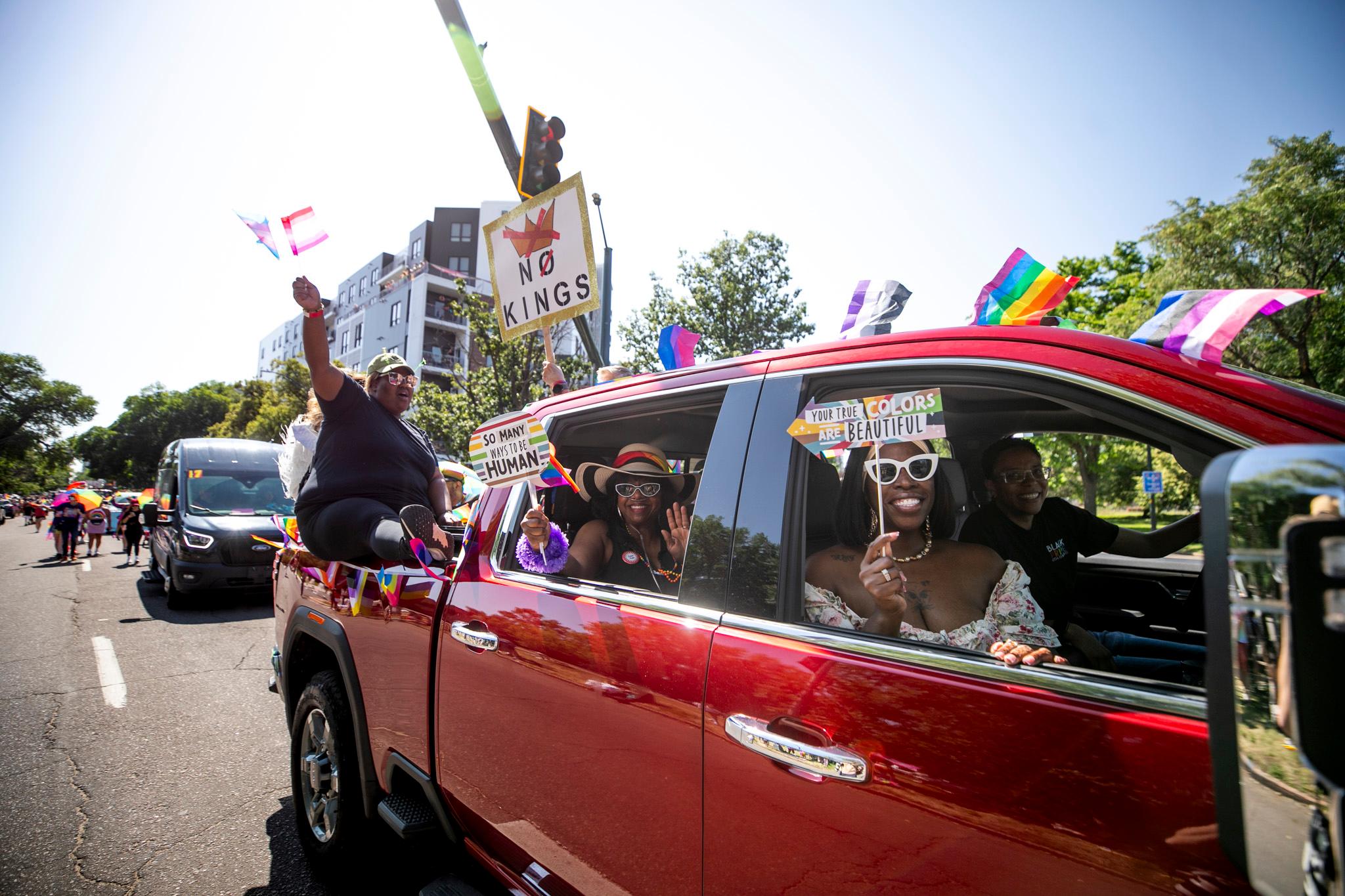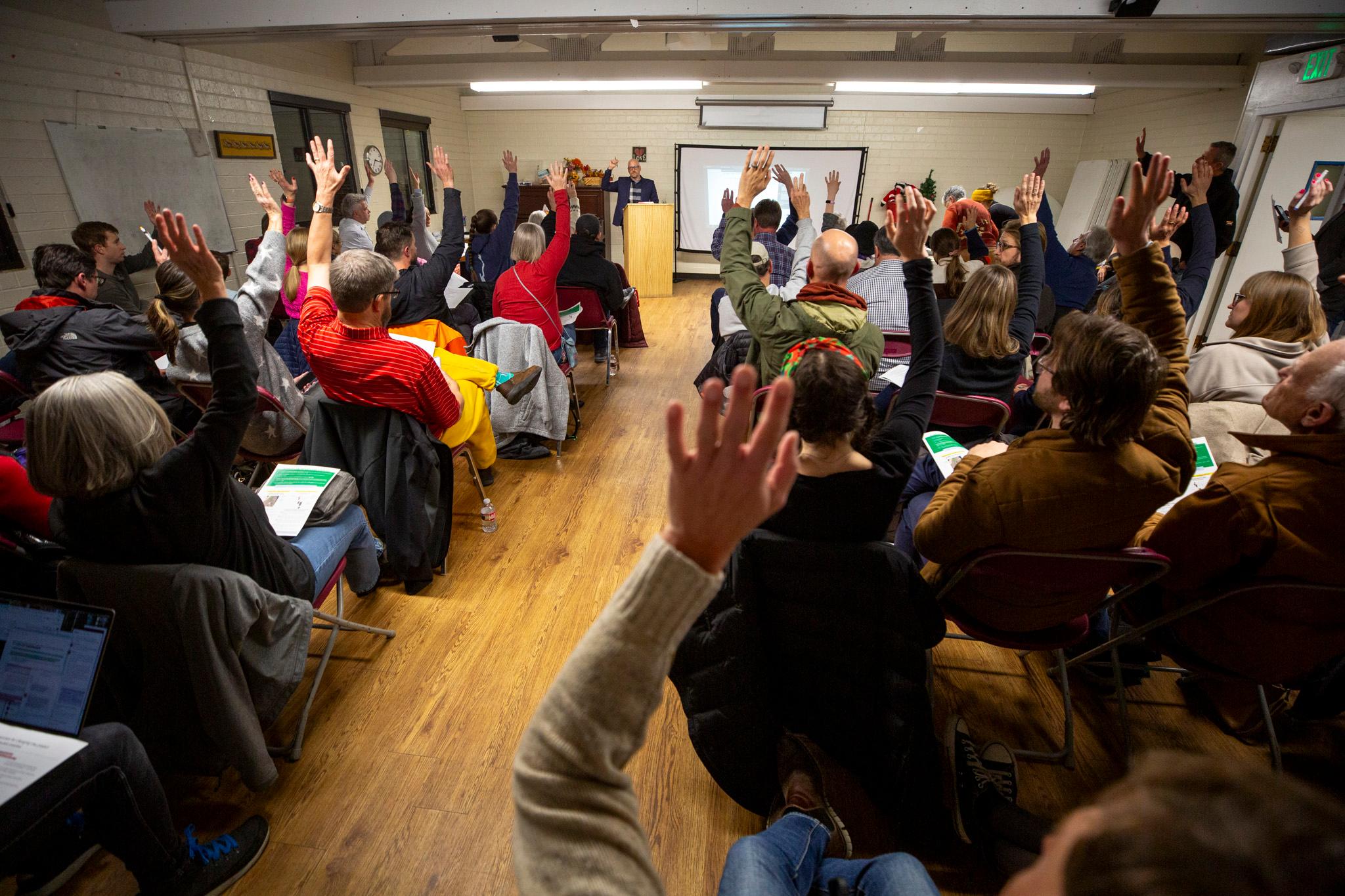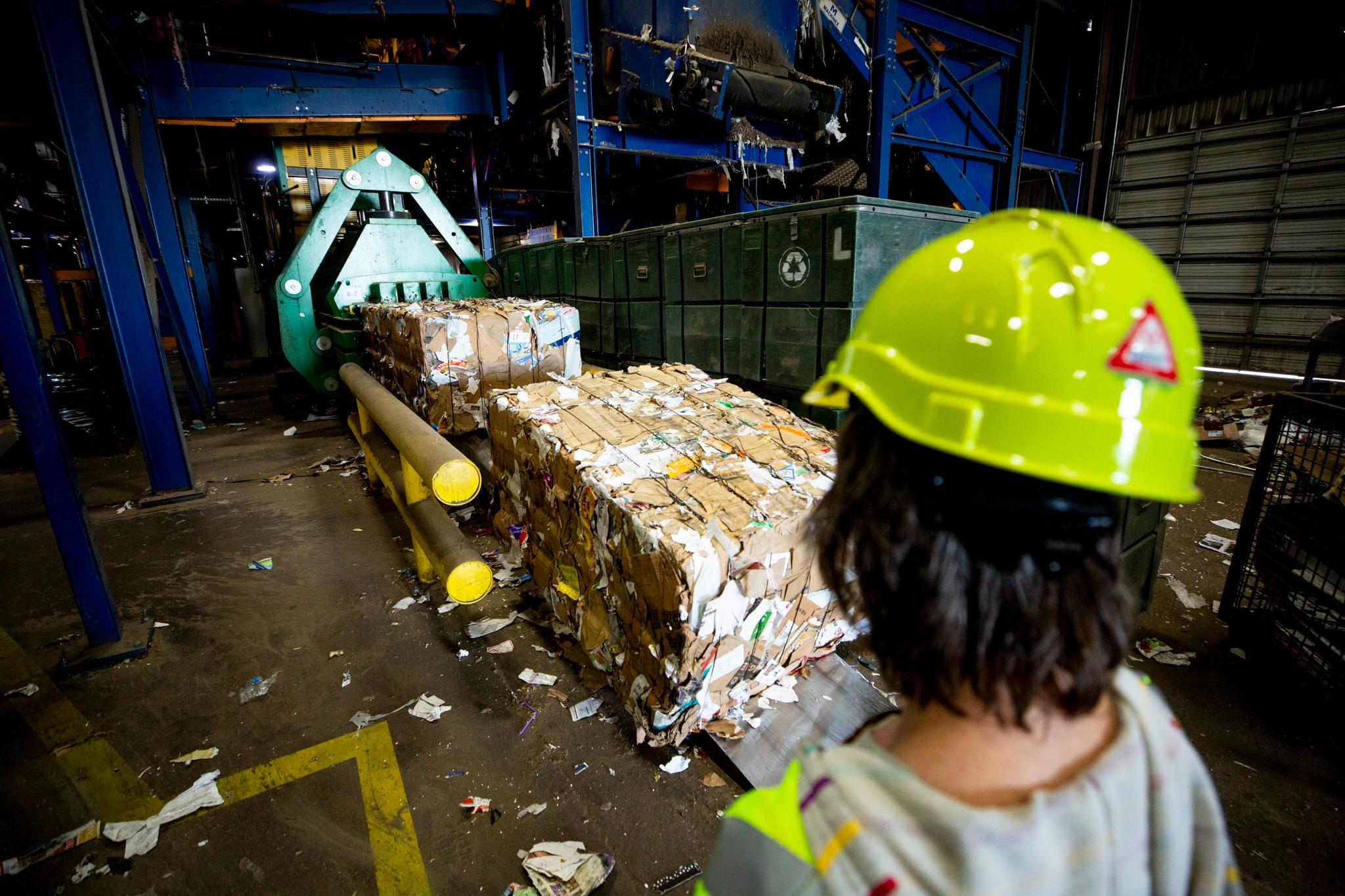On a brisk December day, Richard Nelson climbed the stairs to East High School's massive tower. He sorted through a ring of keys and unlocked the gate to the top, only to climb again.
"It's like the ultimate Stairmaster workout," he grumbled, in a voice weathered by three decades in the classroom and more than two more telling the stories of East.
He's been making this trek since 1964, when he first started teaching English, journalism and speech at East High School, after growing up in a small town on the Eastern Plains. He spent his career at the Colfax School.
East High School's grand building and the prominence of the tower are significant, he said. They represent education as a cornerstone on one end of East Colfax, while the Statehouse and City and County of Building and the Cathedral Basilica of the Immaculate Conception are the cornerstones of government and religion to the west.
"I had a student one time who likened Colfax between Colorado Boulevard and Broadway as Dante's Inferno, the different levels of hell," Nelson said. "It's true, because it went through the drugs and prostitution and the government corruption, and religious arguments and all that stuff. So I thought that was pretty cool."

After Nelson retired in 1995, he stuck around, studying East's history and architecture. He eventually became the curator of the school's museum and has written a book on the its history, "Flights of Angels: A History of Denver East High School."
Students, he recalled, viewed an education at East as more of a college experience than a high school one, largely because of the impressive architecture. Students also have an open campus and a flood of restaurants up and down Colfax at the lunch hour.
"When school lets out, it's like salmon rushing upstream," Nelson said. "You're rubbing shoulders with whoever is there."
Looking back on his years teaching students and raising kids of his own, Nelson wishes he could have given his own children the chance to attend East.
"I couldn't ever send my kids here myself because as a school teacher, with my salary, I couldn't afford to live in Denver," he said. "So I lived out in Lakewood. But I brought my kids here all the time in the summertime.
The school community was more open-minded and accepting of different types of people than schools in the suburbs, where he raised his family.
"My little girl would always say, 'My daddy works in a castle,'" he recalled. "I think that about summarizes it."
On the first floor of the East High School tower, there's a secret museum.
The musty room is filled with old cheerleader outfits, a guest book and an antique typewriter. Next to the stairwell, there's a portrait of Abraham Lincoln donated by "the colored graduates of the school," some of the first African American students to attend the predecessor of East, Arapahoe High School.
"Denver was called Arapahoe County rather than Denver County then, because it was named after the Arapahoe Indians who were very friendly to us," Nelson said. "But then we ended up massacring their people at Sand Creek."
Above the museum is an open room with sweeping views of the Denver metro area, the mountains and the Eastern Plains. Here Nelson takes freshmen at the beginning of the school year to give them a rundown on East High School history.

"I love freshmen because they know everything and nothing," he said. "And the first question almost every time they asked -- and it's always a boy: 'How many people died jumping off the tower?' I said, 'Every one of them.' 'Well, how many?' I said, 'I don't know anybody that did it. But let me tell you. If you jump, you're dead."

Freshmen also wonder why the architect, old East High School grad George Williamson, bothered to put the tower on the school when it was built.
Nelson's answer: "Why put the dome on the Capitol? Why put the spires on the churches? There are lovely, big old homes with beautifully pitched roofs. It's uplifting to the spirit to be above the fray here and look out and see change that's going on."
The school was opened in a former cow pasture in 1924 and was built as part of former Mayor Robert Speer's City Beautiful movement that brought parks and neoclassical public buildings to the city.
The opening was part of a citywide movement to glorify education. East High School opened next to City Park on the same day South High School opened next to Washington Park, West High School opened next to Sunken Gardens Park and Lake Middle School opened near Sloan's Lake.

From the tower, Nelson's been watching Denver change.
"The school grew up with Denver, and whatever happened in Denver is going to, undoubtedly, impact the school," he said.
When he arrived, he could see the Brown Palace and the Daniels and Fisher Tower from East.
"The skyline has changed with all the tall buildings," he said. "I mean, most of those buildings were not here -- those taller ones, I don't think any of them were here in 1964. I think it's 1970 when we had all the Canadian money come in and build those big buildings."
A school like East High School would never have been built in Denver after the Great Depression, Nelson conjectured. Schools built after the depression look more like warehouses than temples of learning. They were opened to address overcrowding at the older schools.
"There was a term that came out in the '80s called 'the warehousing of America's schoolchildren -- and the building fit the concept," Nelson said. "Like one size would fit all... At East High School, it's not one size fits all. It's every size fits in the school."

Peruse the school's Hall of Fame, with photos and bios of famous alums, and you'll find the cast of characters who attended East is staggering and varied.
You'll see Hollywood stars including Harold Lloyd, Hattie McDaniel, Don Cheadle, Douglas Fairbanks, and Pam Grier; musicians including multiple members of Earth Wind and Fire, Judy Collins, and jazz luminaries like Purnell Steen and Ron Miles; and Apollo 13 Astrounaut Jack Swigert, early Walt Disney animator John Lounsbery, Denver historian Phil Goodstein (who refers to the school as "Beast"); billionaire Robert F. Smith and Barbie doll inventor Ruth Handler.
Nelson believes the grandeur of the building has helped inspire all the great public servants and artists -- known and lesser known -- who have graduated from East.
"One kid said, 'Now this is higher education, and he was speaking literally and metaphorically," Nelson said. "I think it's because you realize that you're looking over something that is really bigger than you are."


